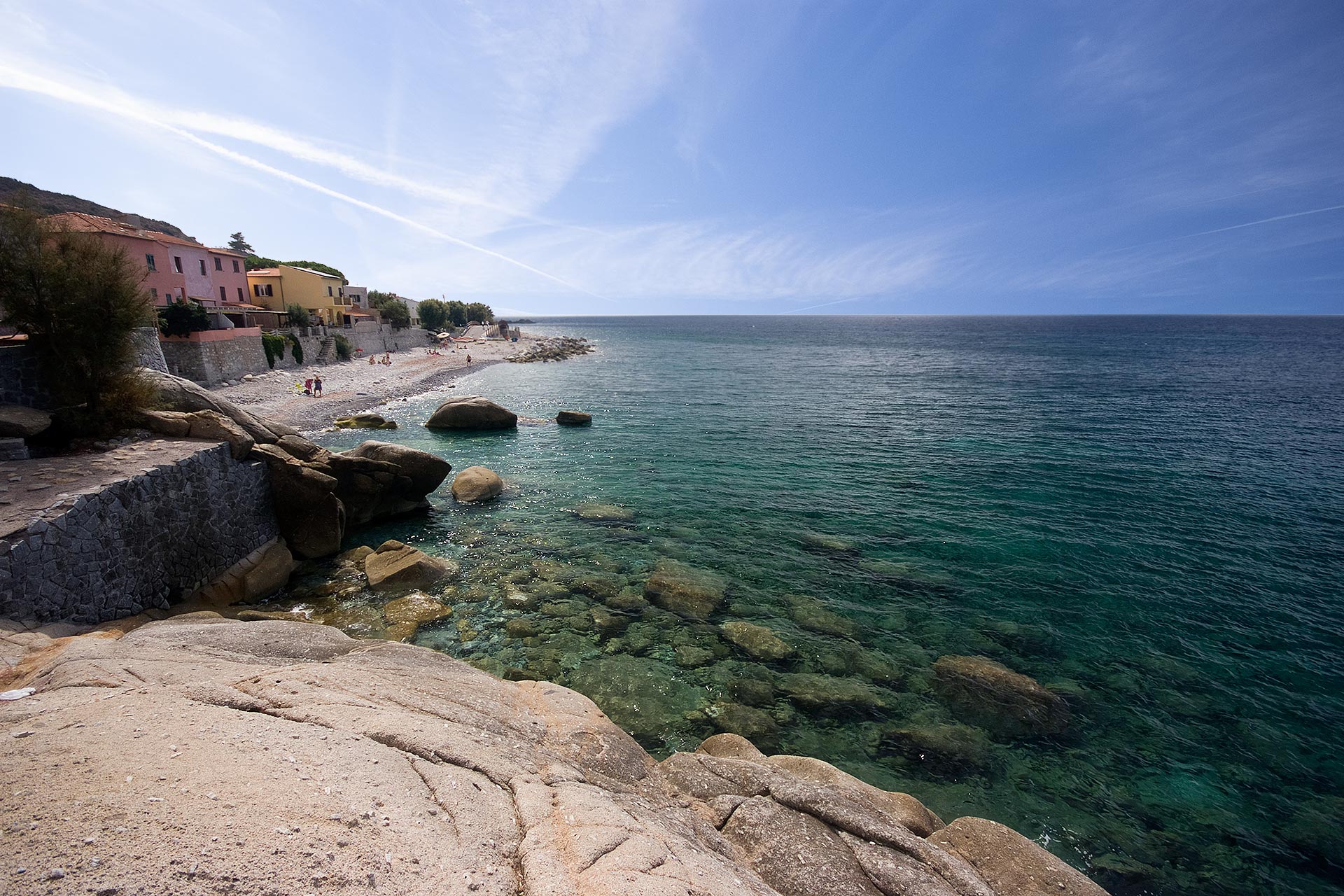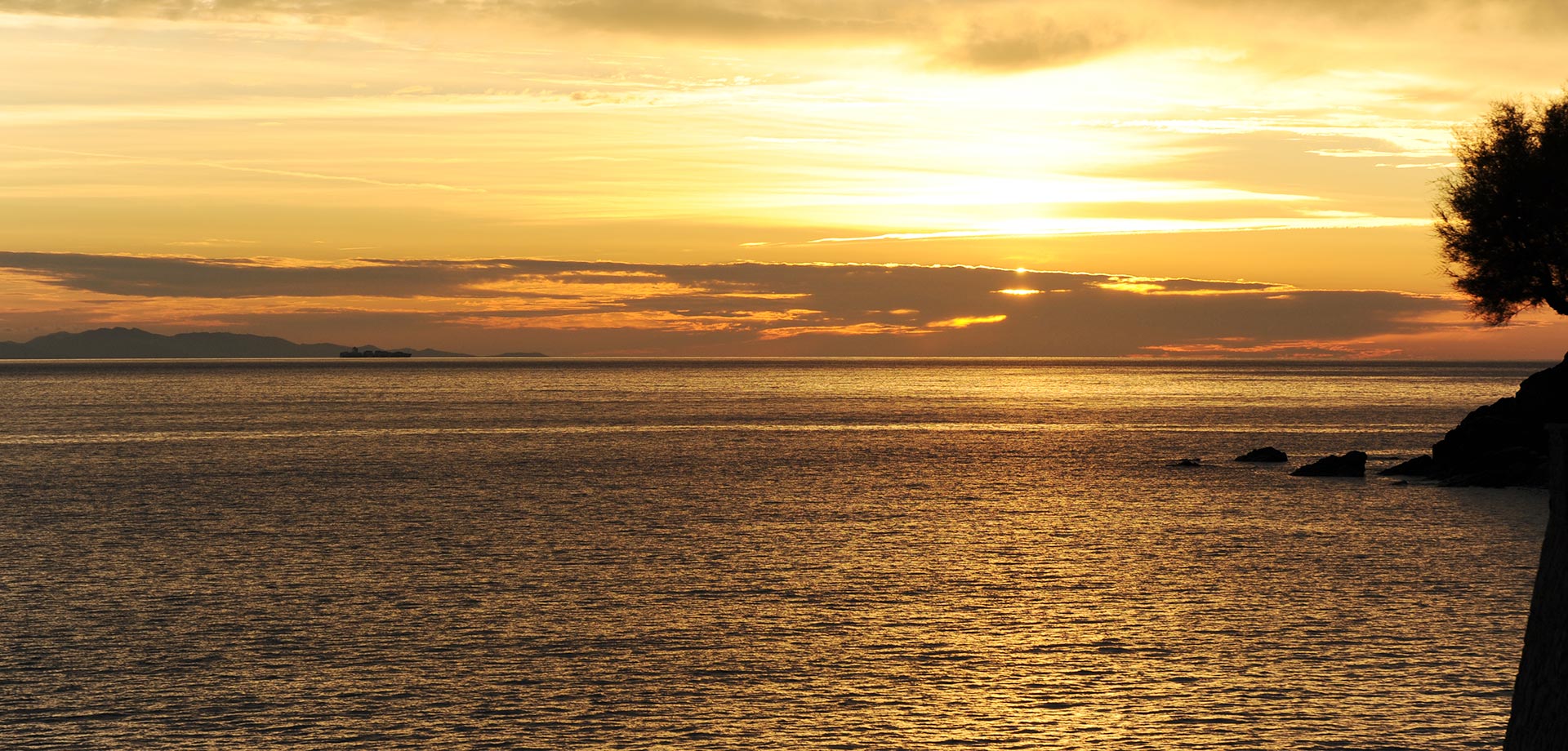
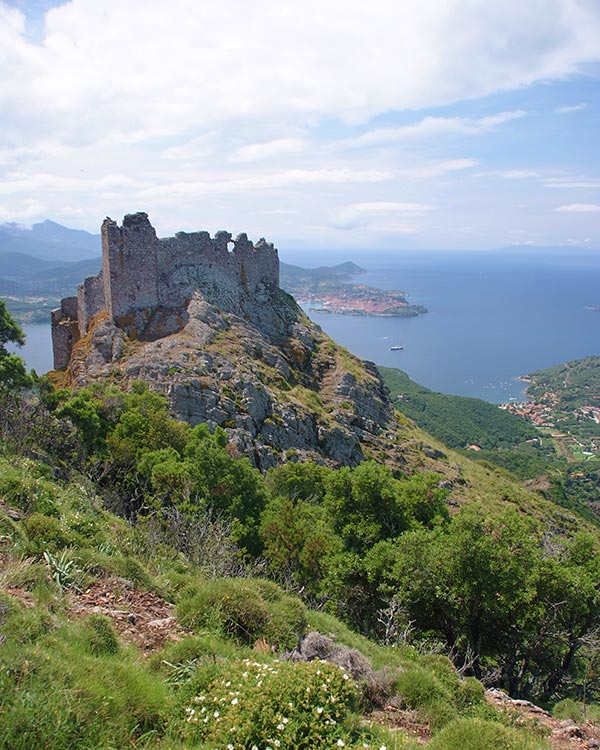
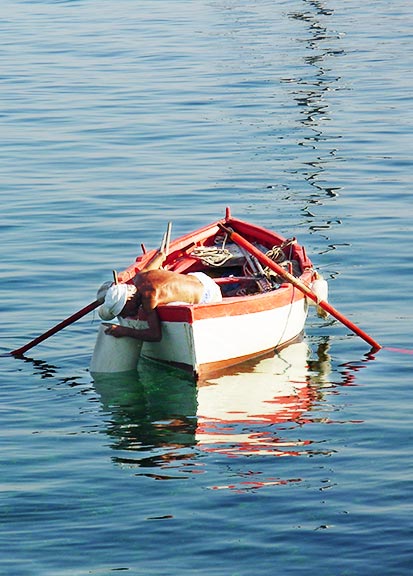
The Isle of Elba, the largest of the Tuscan archipelago, exudes a unique charm and exclusivity. Its rich tapestry of history, culture, and nature makes it a captivating destination. Thanks to its distinctive geological formations and strategic location, it is a natural laboratory for geologists, naturalists, and botanists. Here, you can take in stunning views, explore Roman and medieval heritage, and enjoy unforgettable sunsets.
Elba's remarkable diversity is evident as you move across the island, where contrasting landscapes create a sense of many small worlds in one place.
The island is home to seven distinctive towns - Portoferraio, Marciana, Marciana Marina, Campo nell'Elba, Porto Azzurro, Rio, and Capoliveri - each with its own unique character and charm, reflected in its culture, traditions, dialects, and natural surroundings.
Seven main islands, seven pearls that emerged from the necklace Venus is said to have lost while swimming in the clear waters of the Mediterranean, so says the legend.
The chain that links these jewels, Gorgona, Capraia, Elba, Pianosa, Montecristo, Giglio, and Giannutri, is the sea. This sea has seen vessels from every era, including Etruscan, Greek, Roman, Saracen, Pisan, and Spanish ships, as well as French, English, and German ones, each more advanced and faster than the last. Today, it sees pleasure boats, ferries, and cruise ships daily.
The sea has remained constant with its calm stretches and sudden storms, as capricious and unpredictable as only the Mediterranean can be. Yet, it is also warm and welcoming, ancient yet ever new, with every wave and backwash gently lapping at the countless beaches it touches. The eighth jewel of the archipelago hides unexpected treasures in its depths: those created by nature and those taken by the sea from the unwary sailor who dared to challenge its power.
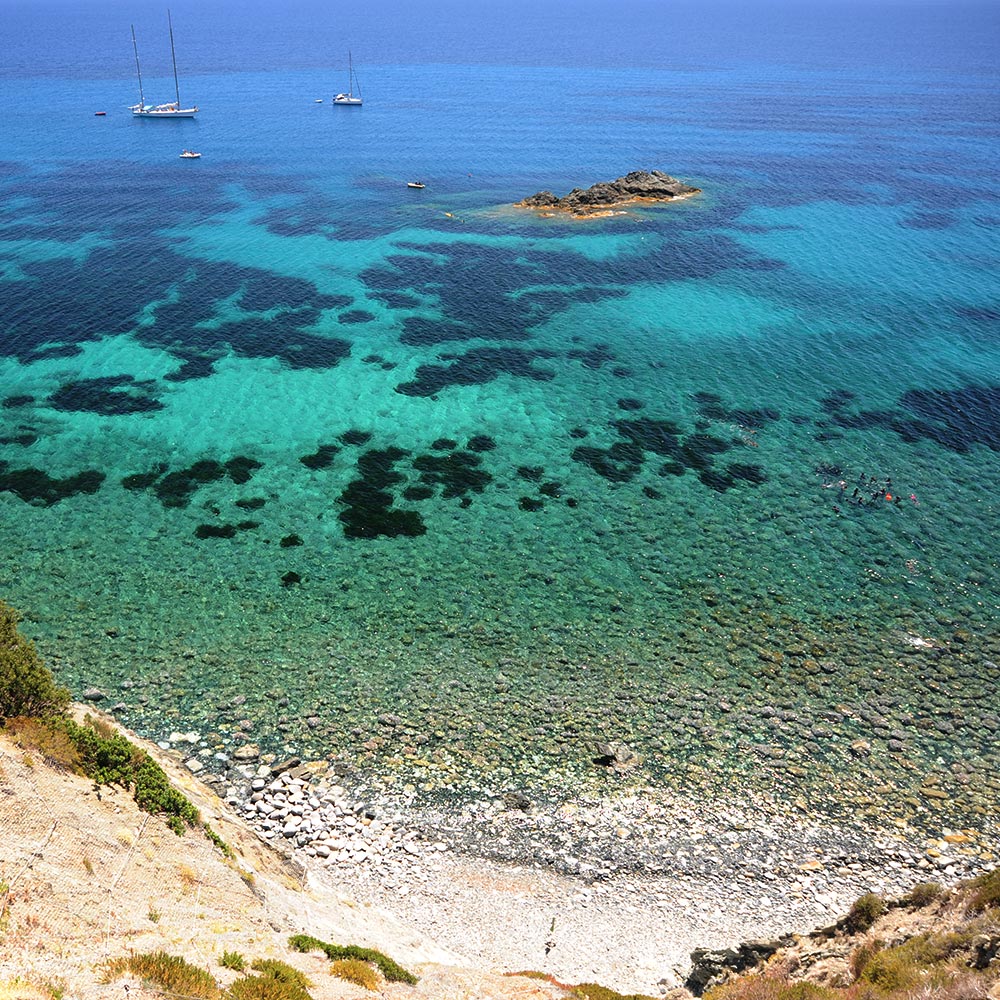
The famous wines and excellent cuisine, combined with the uncontaminated sea, mild climate and clear air, make Elba an ideal holiday resort and tourist destination in all seasons.
